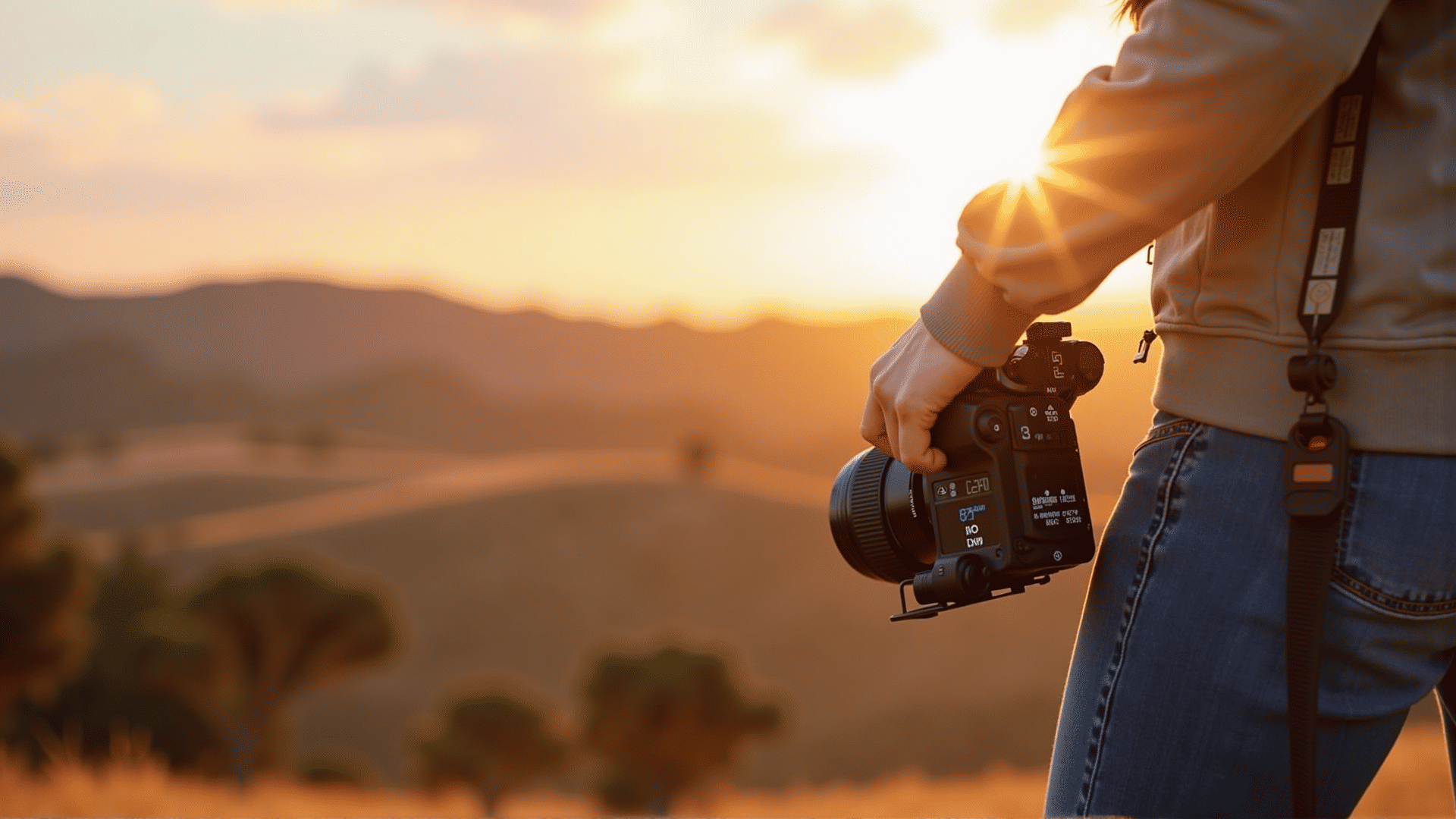Capturing the world through a lens is an art beloved by both novices and seasoned experts. Understanding how to wield your camera effectively can make the difference between a snapshot and a work of art. Whether you're just starting your photographic journey or you're looking to refine your skills, mastering camera techniques is key to creating impactful images.
Understanding Your Camera
Before diving into specific techniques, it’s crucial to understand your camera’s basic functions and settings. Modern cameras come with a plethora of features that can seem overwhelming at first. Spend time familiarizing yourself with the essentials: aperture, shutter speed, and ISO. These three elements, often referred to as the "exposure triangle," play a vital role in how your images turn out.
-
Aperture: This setting controls the depth of field and the amount of light entering the lens. A smaller f-number (e.g., f/2.8) results in a shallow depth of field, blurring the background and highlighting the subject. Conversely, a larger f-number (e.g., f/16) keeps more of the scene in focus.
-
Shutter Speed: This determines how long the camera’s shutter remains open when taking a photo. A fast shutter speed (1/1000 second) can freeze motion, ideal for capturing fast-moving subjects. A slow shutter speed (1/30 second) can create a motion blur effect, which is useful for conveying movement in a scene.
-
ISO: This setting influences the camera’s sensitivity to light. Lower ISO values (e.g., ISO 100) are usually preferred in bright environments to maintain image clarity, while higher values (e.g., ISO 3200) are useful in low-light conditions, albeit at the expense of increased image noise.
Composition Techniques
Once you have a handle on your camera’s basic settings, focus on composition, a major component in crafting compelling photographs. Composition involves arranging visual elements within the frame to create a pleasing and engaging image.
-
Rule of Thirds: Divide the frame into nine equal segments using two horizontal and two vertical lines. Positioning key elements along these lines or their intersections often results in a more balanced and interesting photo.
-
Leading Lines: Utilize natural lines within your photo to guide the viewer’s eye towards the main subject. These can be anything from roads and bridges to rivers and fences, drawing the viewer further into the scene.
-
Framing: Use elements like windows, doorways, or even tree branches to frame your subject. This technique can add depth and focus attention on the central point of interest.
Lighting Considerations
Lighting is one of the most crucial elements in photography. It affects mood, texture, and color in an image. Always be mindful of the light source, whether natural or artificial, and its direction.
-
Golden Hour: This is the period shortly after sunrise or before sunset. It is coveted by photographers for its flattering warm glow and soft shadows, offering perfect conditions for outdoor portraits and landscapes.
-
Backlighting: Positioning the light source behind your subject can create striking silhouettes or emphasize contours. This effect can be achieved with the sun, during sunrise or sunset, or with artificial lighting.
-
Diffuse Light: On overcast days, clouds act as a giant diffuser, casting even light across the scene. This is ideal for capturing portraits without harsh shadows and for shooting in contrast-heavy environments.
Post-Processing
After capturing your images, post-processing offers the opportunity to enhance them further. Software like Lightroom or Photoshop provides tools to adjust exposure, colors, and sharpness. However, it’s essential to preserve the natural look of the photo, so moderation is key when applying edits.
Conclusion
Photography is a lifelong journey of learning and creativity. By mastering your camera’s settings, refining your composition, and carefully considering lighting, you can transform your photos from ordinary to extraordinary. Remember, the best way to improve is through practice and exploration, so keep shooting and experimenting with new techniques.
